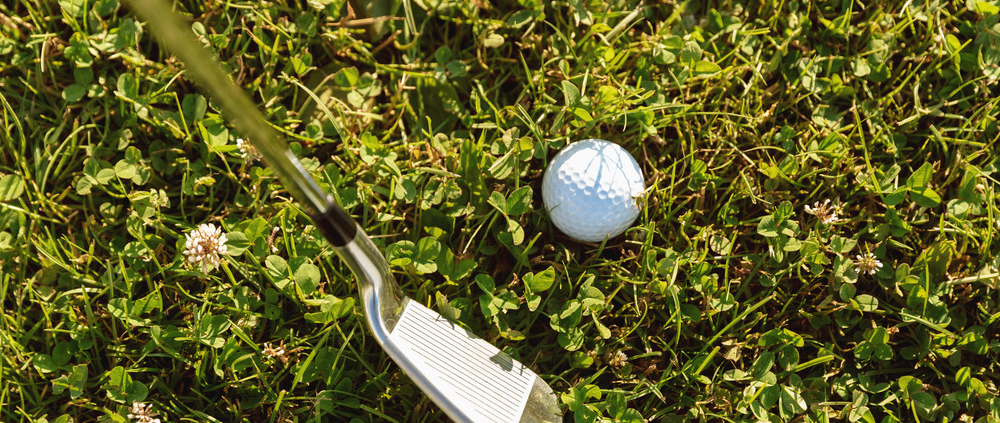How to Alleviate Knee Pain During Golfing
There are more than 100 types of arthritis. Several of them affect the knee joint, causing pain. This includes pseudogout, osteoarthritis, and rheumatoid arthritis. Knee pain is common in golfers. It mainly affects the knee that tends to take maximum torsional loading, which is the lead knee. Most golfers undergo ACL reconstruction and experience stress fractures due to this. Here’s how you can alleviate knee pain while golfing.
Practice Good Knee Control During the Backswing
Most golfers tend to collapse their left knee inwards because of gluteal weakness. It can also be due to the overactivity of the adductor muscles. Unfortunately, this increases loads on the knee joint. As a result, the knee ends up sliding back further onto the left side during the follow-through in the swing.
Having the leg collapse in like this creates several issues. It causes a loss of power due to the reduced separation between the shoulders and hips. To prevent this from happening, you can practice drills that help to keep your left knee a bit more stable during the back swing. This allows resistance to be generated against the left side.
Improve Your Balance
Another way to reduce golf knee pain is to improve your balance. Good balance will not only help you reduce pain but it’ll also help you achieve consistent distance and accuracy. To improve your balance, you can stand on one leg for about 15 seconds. Once that’s done, repeat with the other leg. When you get good at it, try swinging while standing on one leg.
By doing these stretches and strengthening exercises, you can avoid developing further issues in the future. There are several other exercises that you can use to improve flexibility, strength, and coordination. For this, you may need a physical therapist. They’ll first spend some time discussing your knee with you and then they will examine it, too. X-rays are perfect for investigating the severity of osteoarthritis in the knee.
Arthroscopy
This is a procedure that can also be used to reduce golf knee pain resulting from arthritis. This procedure is undertaken under general anesthesia. It enables the consultant to formally evaluate the internal structures of your knee. It can also be used to repair cartilage. Arthroscopy is also performed in conjunction with meniscus surgery. The recovery time for this procedure is about two weeks. You can start resuming golf in a progressive manner at about four weeks.
These are some of the things you can do to alleviate golf knee pain. Are you struggling with golf knee pain? Get in touch with our team today. We would love to help you overcome this issue.







